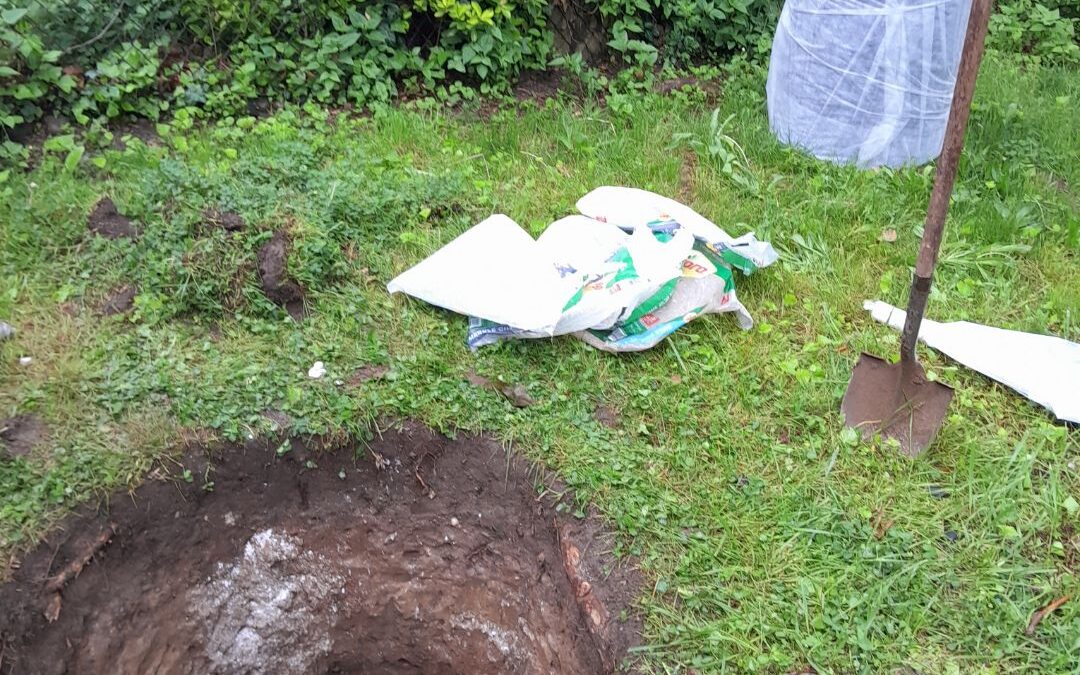What is a Dry Well? How Does it Work for Stormwater Runoff?
If you’re searching for an efficient, low-maintenance solution to manage stormwater runoff, a dry well might be exactly what you need. As an essential component of modern stormwater management, a dry well helps homeowners and property managers address water accumulation issues while promoting sustainability. In this guide, we’ll dive deep into everything you need to know about dry wells—from their functionality to their incredible benefits in handling stormwater runoff.
What is a Dry Well?
A dry well is an underground drainage system designed to manage excess stormwater runoff by efficiently absorbing it into the surrounding soil. Typically constructed as a porous structure made of gravel, rock, or a specially-designed tank, a dry well collects water from gutters, driveways, or low-lying areas. By allowing the water to slowly infiltrate into the ground, it prevents flooding, erosion, and pooling on your property. This eco-friendly solution is a vital tool in comprehensive stormwater management strategies, helping maintain the integrity of your landscape while protecting nearby water sources.
How Does a Dry Well Work?
The operation of a dry well is straightforward—stormwater from your roof, driveway, or yard flows into the structure, where it naturally seeps into the surrounding soil. First, water is directed into the dry well through pipes or surface channels. Once inside, it collects temporarily in a reservoir, often filled with gravel or rock, designed to maximize infiltration. Gradually, the stormwater disperses into the soil, recharging groundwater and preventing pooling, erosion, or flooding. This efficient process helps maintain a balance in stormwater management while preserving your property’s integrity.
Benefits of Using a Dry Well for Stormwater Runoff
Dry wells are a game-changing solution for stormwater runoff, offering a wide range of benefits for homeowners and property managers. These underground systems not only protect your property from water damage but also contribute to environmental sustainability and community resilience. Whether you’re dealing with pooling water, flooding risks, or seeking a low-maintenance option, dry wells stand out as an effective and practical choice for stormwater management.
Here are the benefits of using a dry well for stormwater runoff:
- Reduces Water Pooling: Prevents damage to lawns and driveways caused by stagnant water.
- Prevents Localized Flooding: An excellent solution for areas prone to heavy rainfall.
- Recharges Groundwater: Naturally sustains local water tables and improves overall water conservation.
- Eco-Friendly Solution: Promotes sustainable drainage practices that protect the environment.
- Low Maintenance: Once installed, dry wells require minimal upkeep and provide long-term efficiency.
Dry Well Installation Process: Step-by-Step Guide
Installing a dry well is an effective way to tackle stormwater runoff and protect your property from water damage. While the process requires careful planning and execution, it’s straightforward enough for motivated homeowners or perfect for professionals to ensure long-term efficiency.
Here are the steps involved in the dry well installation process:
Step 1: Plan and Assess Evaluate your property’s drainage needs and identify areas prone to water accumulation. Select a location for the dry well near runoff sources like gutters, driveways, or low-lying areas. Ensure the spot has good soil permeability for efficient water absorption.
Step 2: Gather Materials and Tools Prepare the necessary materials, such as gravel, perforated pipes, a dry well tank, and filter fabric. Gather tools like a shovel, wheelbarrow, level, and measuring tape for accurate placement.
Step 3: Mark and Excavate Mark the area where the dry well will be installed. Dig a hole large enough to accommodate the dry well tank or gravel reservoir. The depth and width depend on your property’s water volume needs, but typically ranges between 3–6 feet deep.
Step 4: Prepare the Site Line the excavated hole with filter fabric to prevent soil and debris from clogging the system. This step ensures long-term efficiency and functionality.
Step 5: Assemble the Dry Well Reservoir Place the dry well tank or fill the hole with layers of gravel or rock to create the reservoir. Ensure proper spacing for water flow and absorption.
Step 6: Connect Pipes or Channels Install perforated pipes or surface channels to direct water into the dry well. Position the pipes at a slight slope to encourage natural water flow.
Step 7: Cover and Finish Secure the reservoir by folding the filter fabric over the gravel or tank. Cover the area with soil, sod, or mulch for a clean and seamless look.
Step 8: Test the System Simulate water flow to ensure the dry well functions properly. Check for leaks, blockages, or uneven drainage before declaring the installation complete.
Optional: Seek Professional Help For optimal results and long-term efficiency, consider hiring professionals with expertise in dry well installations. They ensure proper placement, sizing, and compliance with local regulations.
How Do French Drains and Sump Pumps Complement a Dry Well?
While a dry well is an excellent standalone solution for managing stormwater runoff, it works even better when integrated with other drainage systems like French drains and sump pumps.
- French Drains: French drains are trenches filled with gravel and a perforated pipe that redirect water away from specific areas, such as a foundation or low-lying yard spots. French drains can guide water directly into a dry well for efficient absorption, preventing pooling or flooding.
- Sump Pumps: Designed to pump water away from basements or crawlspaces, sump pumps can be connected to a dry well to ensure collected water is dispersed safely and sustainably into the ground.
By combining these systems, you can create a highly efficient and tailored stormwater management strategy for your property. French drains handle surface water, sump pumps manage groundwater, and dry wells provide storage and absorption—together, they form a complete solution for even the toughest water challenges.
What is a Dry Well? Final Thoughts
Dry wells are a simple yet effective solution for managing stormwater runoff, protecting your property from water damage, and recharging groundwater naturally. By incorporating a dry well into your stormwater management system, you can enjoy reduced flooding risks, improved landscape health, and enhanced environmental sustainability.
Get the Most Out of Your Stormwater Management System—Install a Dry Well Today!








